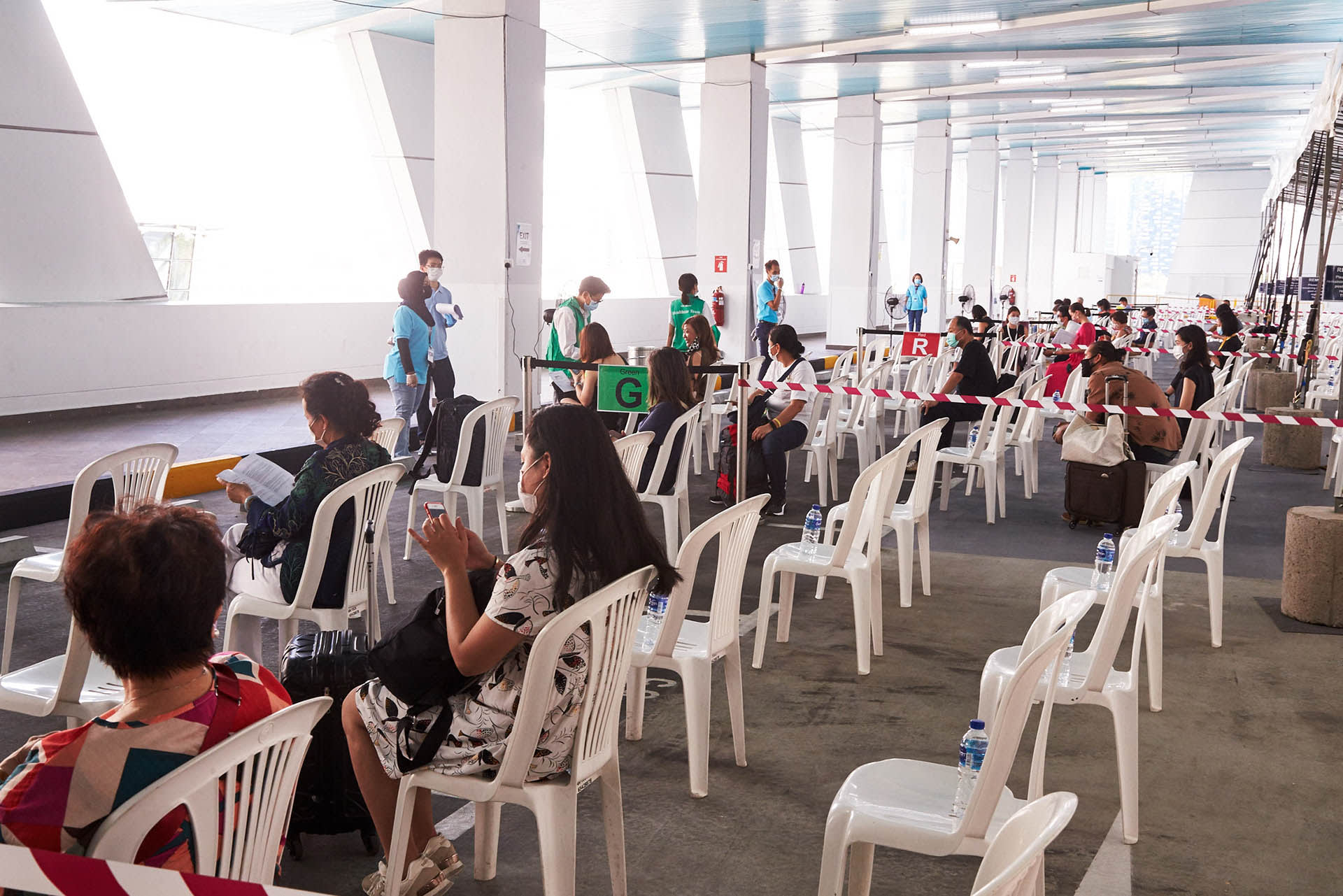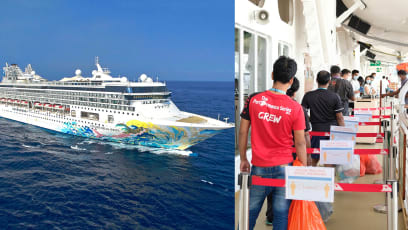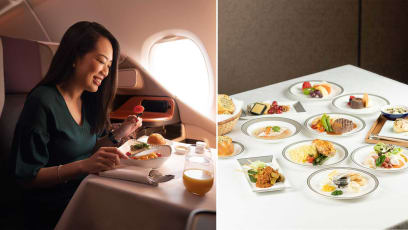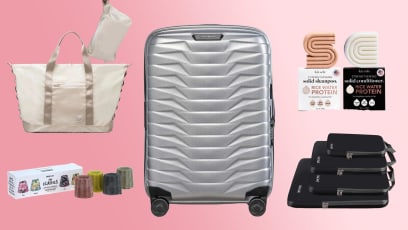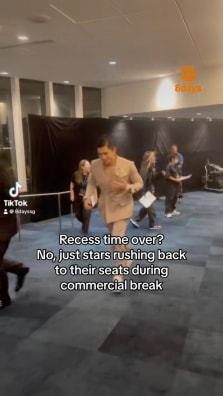'Cruise To Nowhere' Passengers Have To Take Covid-19 Tests. We Did It & Tell You What It's Like
It's interesting, to say the least.
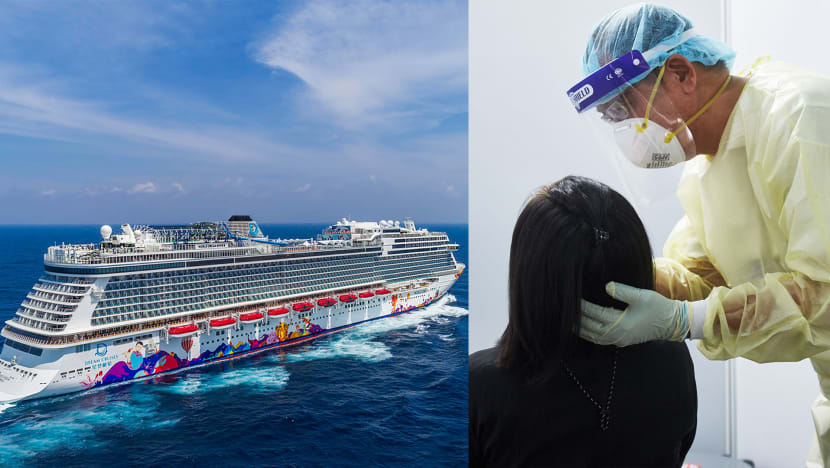
The first cruise to nowhere in Singapore departed on Nov 6, with close to 1,400 passengers aboard the World Dream ship, sailing the Straits of Malacca and South China Sea for two nights before returning to right where they started — at the Marina Bay Cruise Centre.
But before they can even board the mega-ship for their sea-cations, all cruise passengers aged six months and above are required to undergo a Covid-19 test at a makeshift medical facility at the Marina Bay Cruise Centre car park. The test costs $60 and has been included in the cruise fare. Passengers are assigned time slots for their pre-embarkation antigen rapid test, so that there’s no risk of overcrowding. Passengers will also have to do a post-departure testing after their trip.
This is what the pre-departure Covid-19 test for World Dream passengers is like.
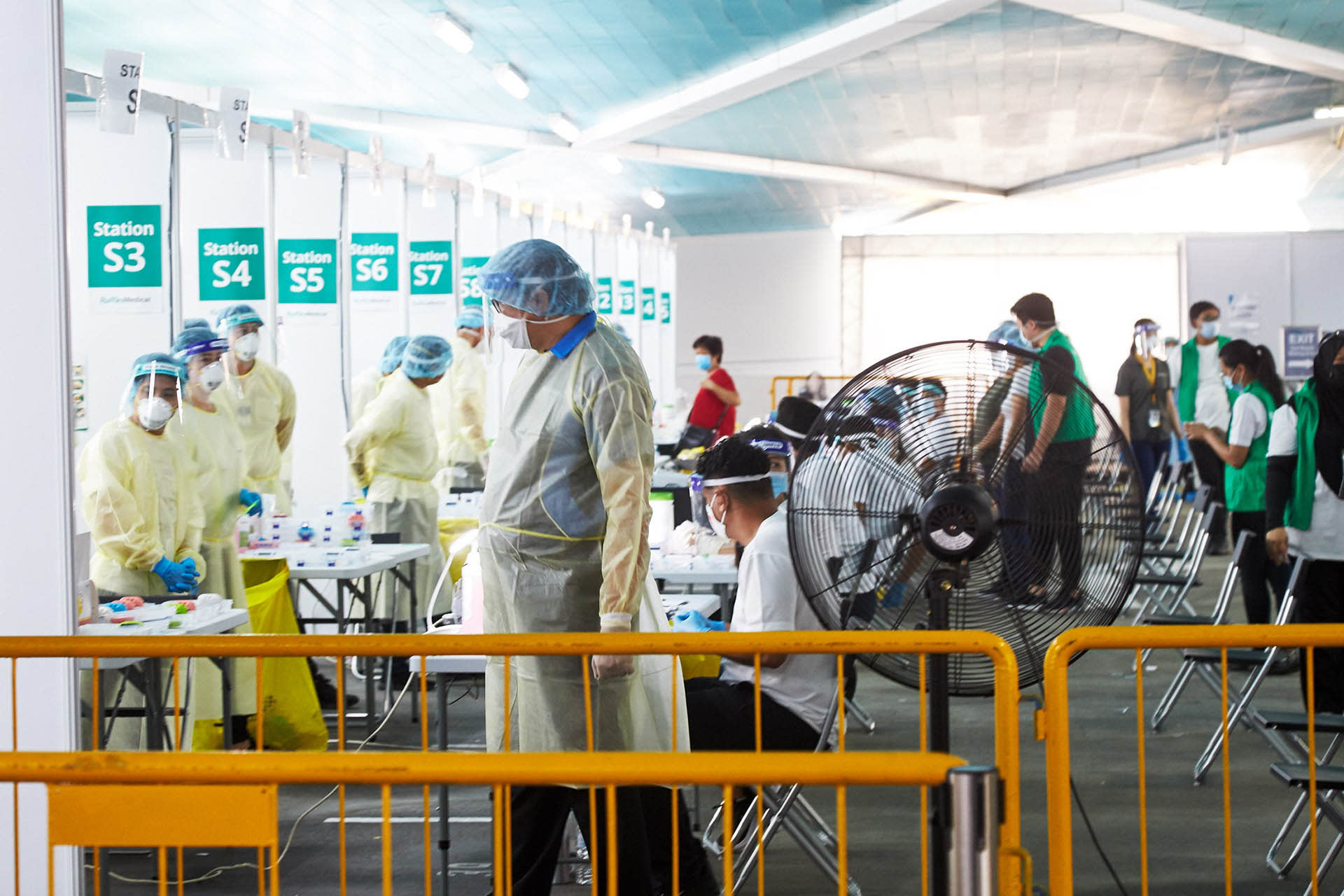
After checking in to the testing facility via SafeEntry, I'm given a pre-boarding health questionnaire to fill up (cruising passengers can also choose to do this digitally), while seated at a waiting area. This takes all of one minute, and after I'm done, I schlep over to the swab registration counters.
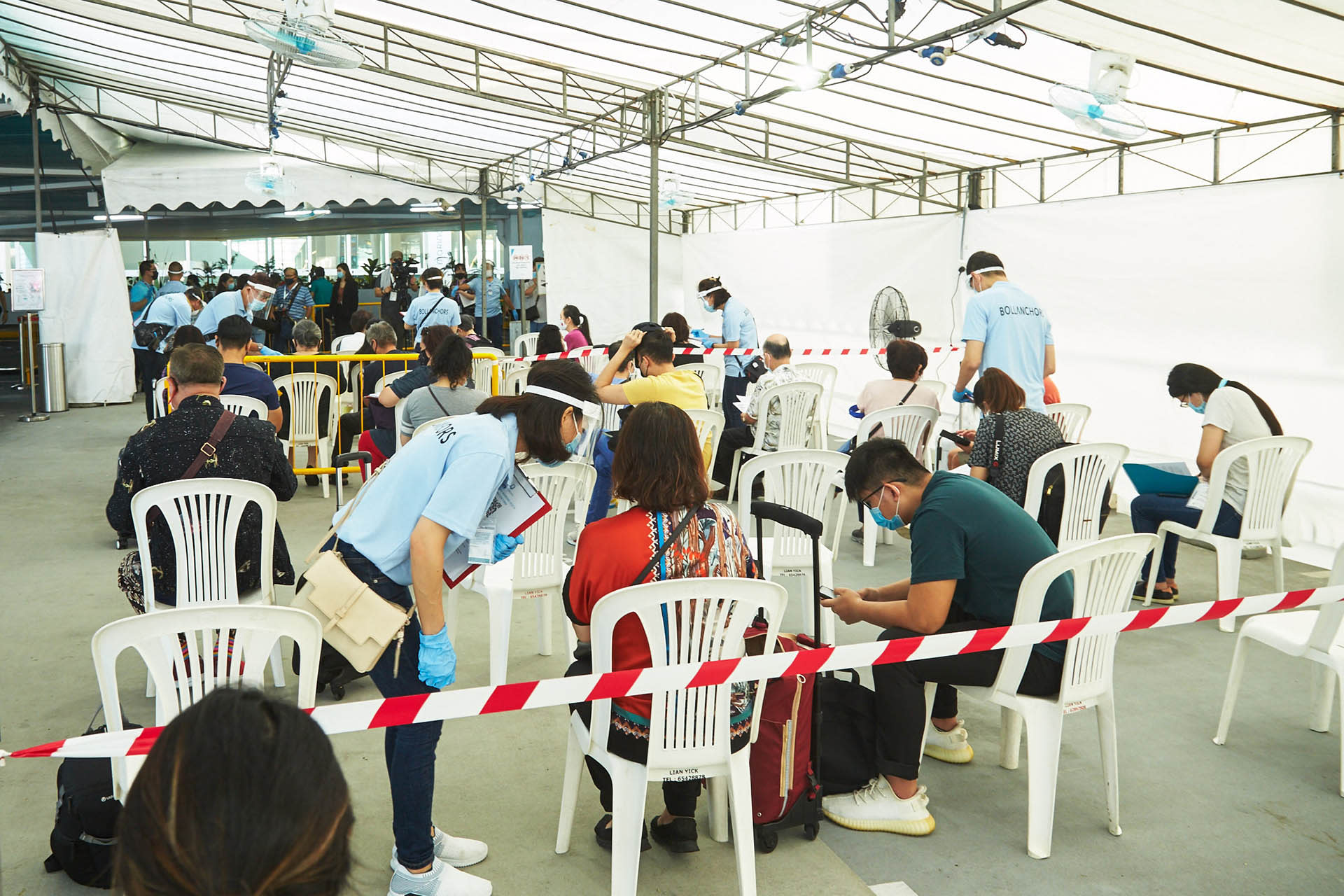
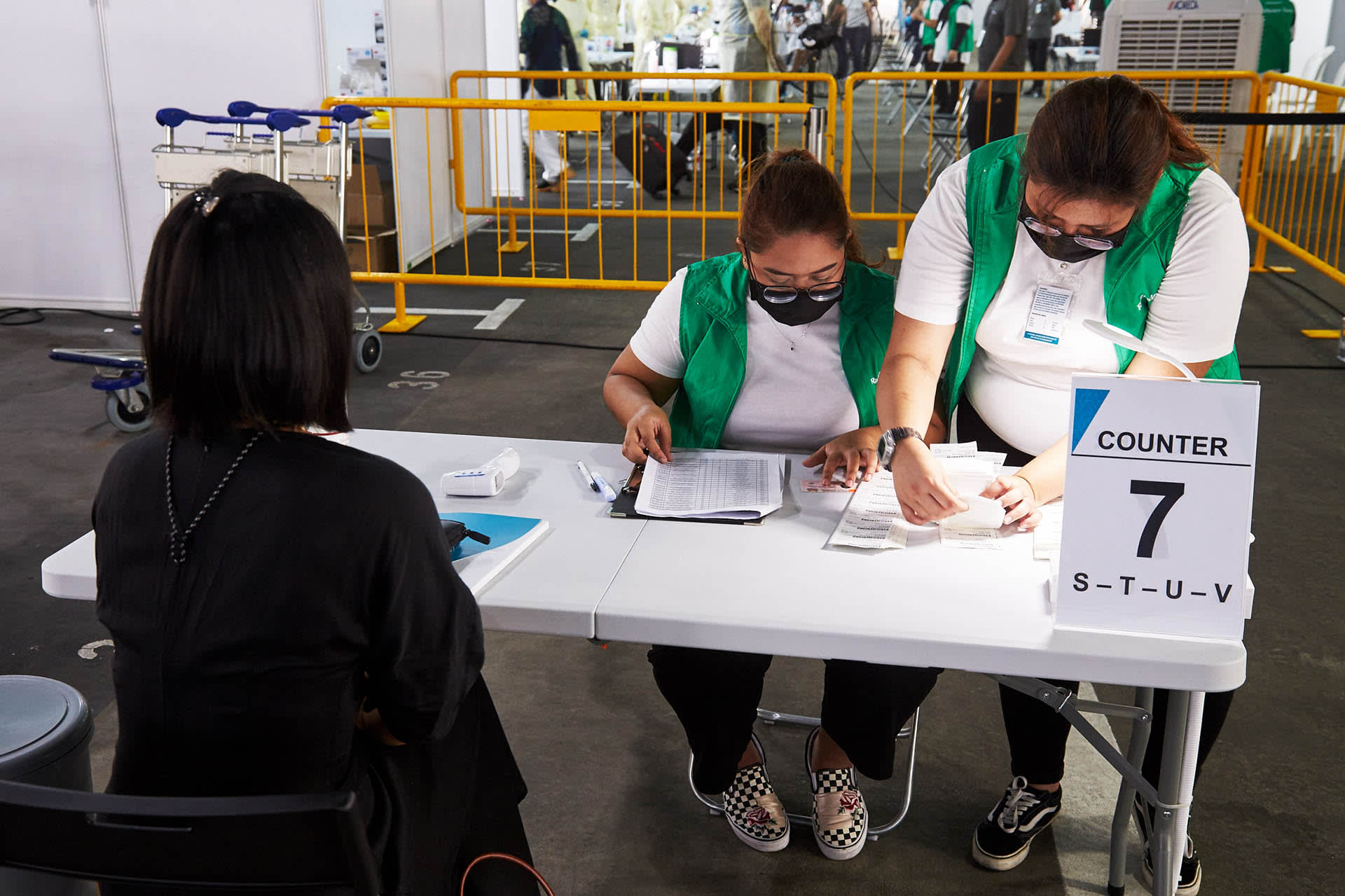
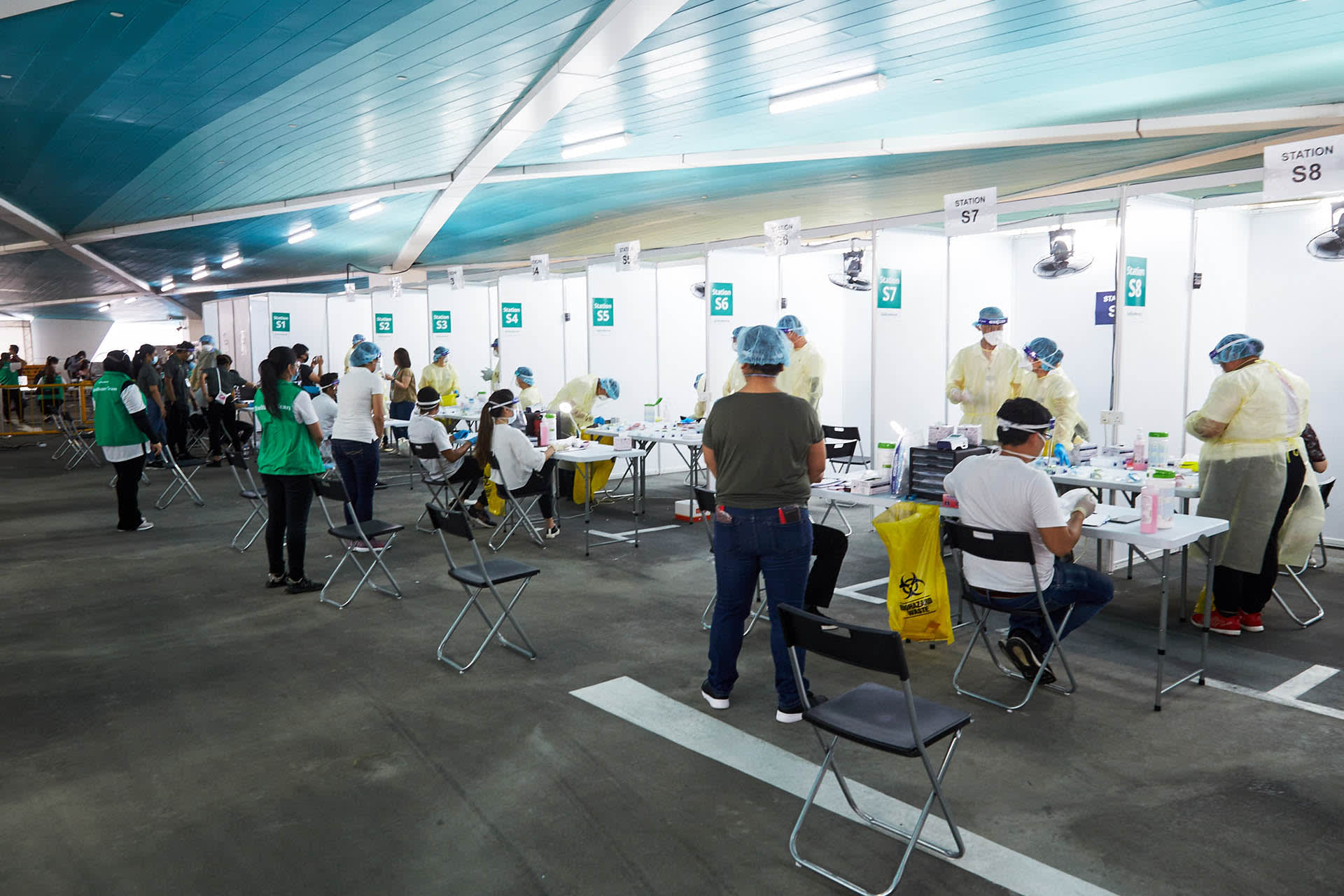
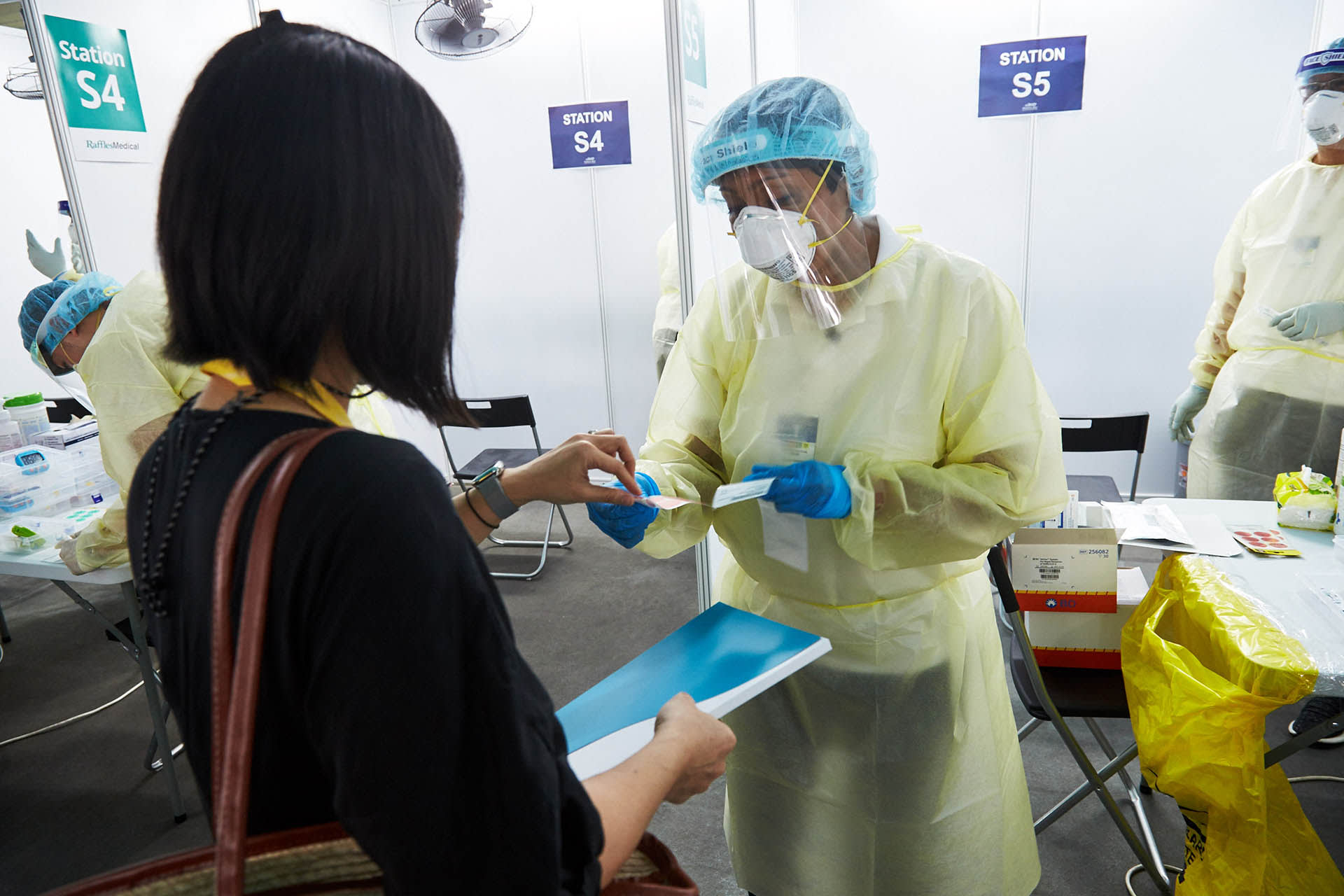
“Is it going to be painful?” I ask the swabber, a genial middle-aged man. “Don’t worry, I’ll be gentle,” he says with a chuckle. “One side or two sides?” I probe further. He tells me it’s both. Before I get a chance to ask anything else, he holds up the swab stick, which is like a longer and thinner Q-tip, and in it goes.
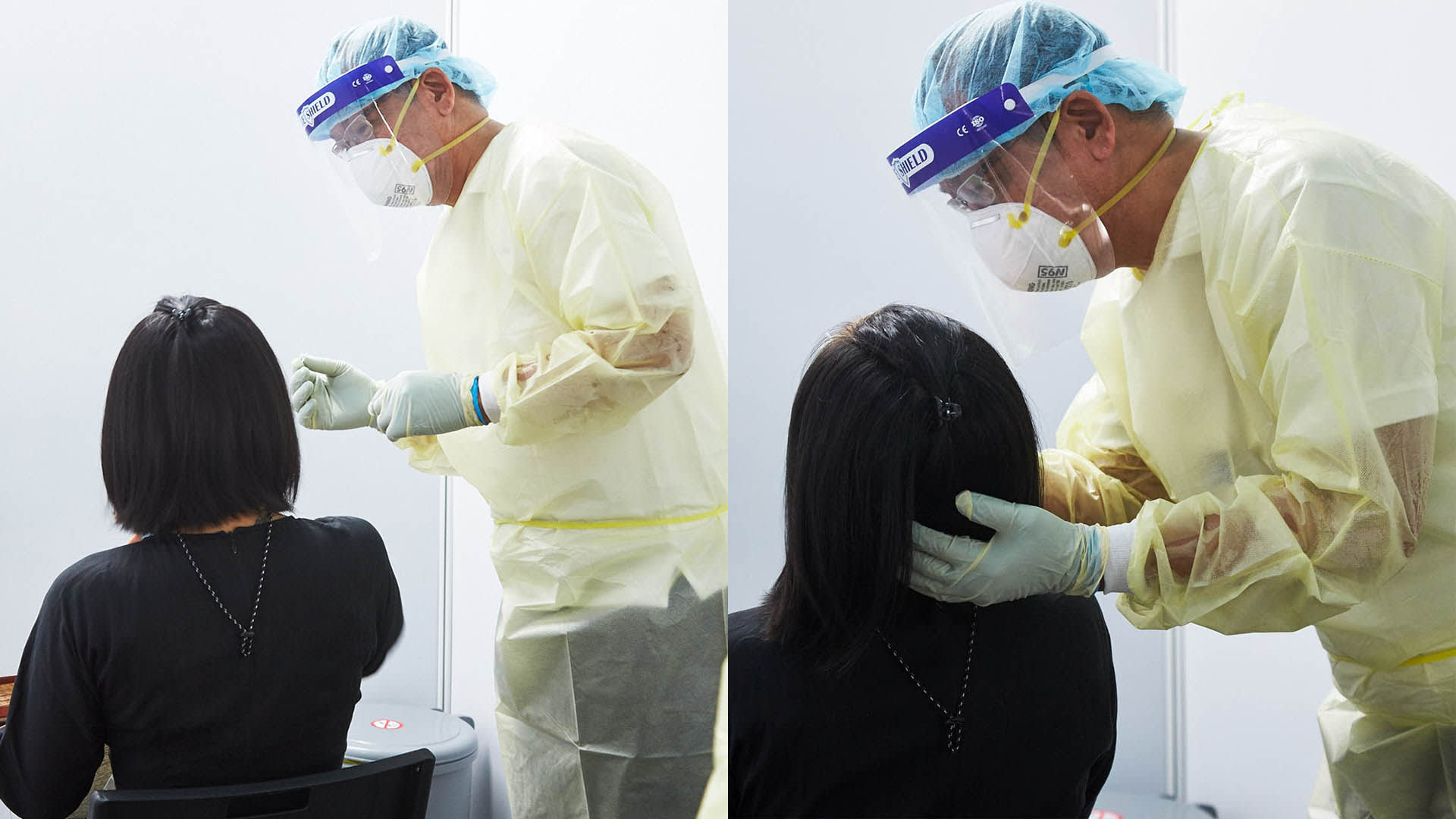
Then he does it all over again on the left.
The test takes about two minutes to complete. The swab stick is put into a container and handed over to someone else to process.
I stand up to leave, tears welled up in my eyes like I’ve just watched a K-drama tearjerker. I’m trying to inconspicuously dab them away as I figure out what to do next. A lady comes up to me to usher me to the next waiting area.
“Does everyone cry?” I ask her, suddenly self-conscious (I’m no fan of crying in public, okay?). “Yes!” she assures me. I later find out that she was just being nice. Not everyone tears up — some have no reaction, some tear, others sneeze.
I take a seat at the waiting area, which is segregated into various zones, and wait.

Organisers will tell you that the entire pre-departure testing will take about one hour. For me, it was over in half an hour, from registration to results. The whole process went more smoothly than I expected. Well, apart from weeping in public.
What happens if a guest tests positive for Covid-19 at the pre-departure screening?
Apart from getting denied entry to the cruise, the Covid-19 positive case will be required to go for further examination and testing at medical centres designated by the Ministry of Health. Their close contacts and travelling companions will also be denied boarding.
Prices for World Dream's Super Seacation cruise packages start at $359. More info at https://www.dreamcruiseline.com/ .
Photos: Kelvin Chia





